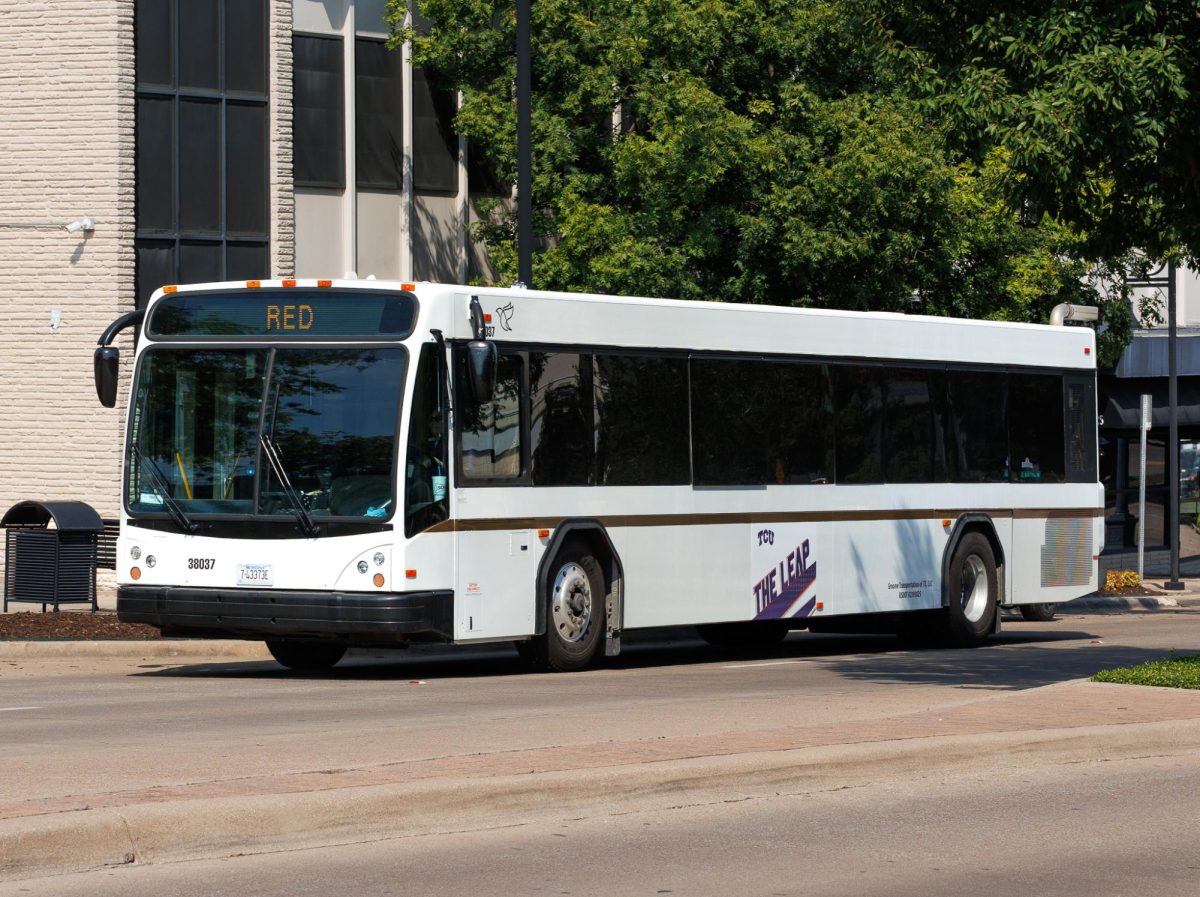On Wednesday, the Windows 8 Consumer Preview was released to the public. It introduced a much-revised design from previous Windows releases in a mobile-style format that will resemble the operating system currently used on Windows phones.
Apple is countering by releasing OS X Mountain Lion later this year, around the same time Windows 8 will be officially released. Since Apple is releasing this operating system about a year after its previous Lion OS, departing from its typical biannual release schedule, Microsoft’s chief rival is headed into the fight for operating system supremacy in 2012. Who will win?
I downloaded and tried Windows 8 briefly. The Start menu is significantly different from its predecessors, which is immediately apparent once the operating system is booted.
After login, instead of the typical desktop, you’ll see a menu with buttons for Internet Explorer, mail, weather, video, calendar, music, programs and others, in addition to cutting straight to the desktop if desired. If you have more buttons than can fit on one screen, which is likely once you start to install programs on Windows 8, you’ll need to scroll horizontally to see the rest of them.
For a desktop with a track wheel mouse, you won’t be able to use the wheel to scroll. Instead, the easiest way is to use the arrow keys or cursor.
Once to the desktop, it resembles Windows 7 in everything except for the Start menu, which has been removed. Microsoft attributes this to reduced usage of the menu in recent years, and wants to update what’s been around since Windows 95 for the mobile-focused world of the 21st century.
Still, it’ll take a bit of getting used to for anyone who has been using Windows within the past 20 years.
The new Start menu also brings its troubles. Microsoft is introducing “hot corners” for desktop users, providing a button to get back to the main Metro interface by hovering the mouse over the bottom-left corner of the screen where the Start button traditionally is and access the search and settings areas by hovering over the right-hand side of the screen. This is not apparent at first glance like a start button is, and will likely frustrate new Windows 8 users initially.
Plus, the main Start menu is obviously designed for mobile phones and tablets, and not typical PCs. Microsoft departed from Apple on this point, asserting that the same operating system can be used for both mobile and desktop applications. Apple has its OS X for the desktop (MacBook, iMac, Mac Pro, Mac mini) and iOS for mobile (iPhone, iPad, iPod Touch).
Apple is keeping the two separate, which I believe will help them in continuing to take market share from Windows.
Apple is wise to release Mountain Lion early, since it will allow Apple to counter Windows 8 with additional mobile-inspired features from its iOS without overwhelming desktop users with an unexpected interface.
While Mountain Lion is still in developer beta, meaning it costs $99 for software developers to buy it and make their software work on it before it’s released to the public, I tried one of the new pieces of software that will be rolled out with it: Messages.
Messages is a program that allows one to send iMessages, texts between Apple devices, from a Mac. This will make frequent texting easier, since one will be able to use a standard keyboard while texting.
I believe Apple will be able to successfully integrate their mobile innovations from iOS into the Mac while Microsoft will not be able to do the same with Windows 8.
If I’m correct, the MacBook that has become ubiquitous at the university will have the same thing happen to it throughout the computing world.
Jack Enright is a junior political science and economics double major from Tomball.




